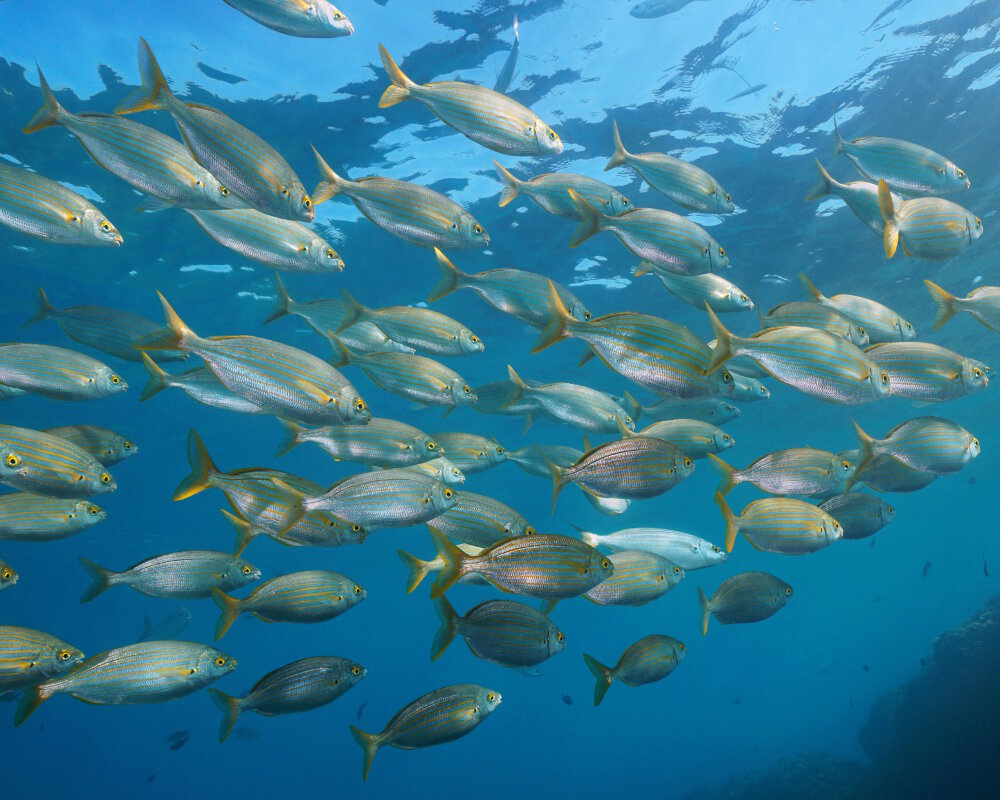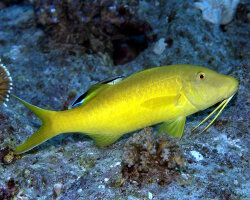Sealife guideThe salemaSarpa salpa
Last updated on 09/02/2024 at 11:51 PM
The salema, also known as the salema porgy, has bright yellow stripes that run longitudinally along its body.
Taxonomy
- Common name: Salema, salema porgy
- French name: Saupe, dorade rayée, dorade jaune
- Spanish name: Salema
- Scientific name: Sarpa salpa (Linnaeus, 1758)
- Family name: Sparidae
- Order name: Perciformes
- Class name: Actinopterygii
Description
The salema is a silvery-gray fish characterized by about ten fine, bright yellow stripes running along its entire body. A black spot marks the base of the salema’s pectoral fins.
The salema typically measures around 12 inches in length, with a maximum size of 22 inches.
The salema has an oval, laterally compressed body with a small mouth and striking golden-yellow eyes.
Geographic range
The salema is primarily found in the waters of the Mediterranean sea as well as the eastern part of the Atlantic ocean, such as the mouth of the Strait of Gibraltar, along the coast of the Bay of Biscay and near the Canary islands and Madeira.
Habitat
The salema is a social fish that dislikes solitude and lives mainly in schools. It inhabits shallow, well-lit coastal waters where its primary food sources, algae and Posidonia seagrass beds, grow. Schools of adult salema can also be found swimming in open water.
Diet
The salema is primarily herbivorous, grazing on algae found on the surface of rocks, Posidonia leaves or other marine algae.
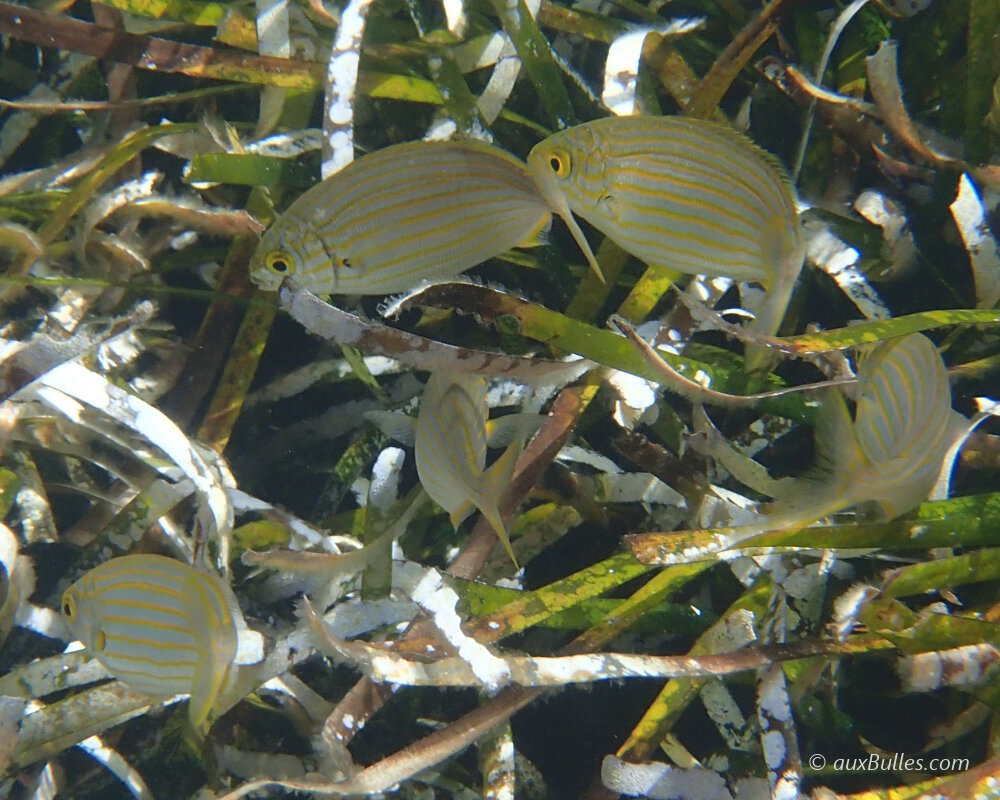
The salema grazes on algae at the surface of the Posidonia leaves
Reproduction
The salema is a hermaphroditic fish that changes sex with age and reproduces in spring and fall.
Did you know ?
Salema play an important role in maintaining the balance of coastal marine ecosystems by regulating the growth of algae populations.
Consuming salema can cause hallucinations likely due to the ingestion of toxic algae at certain times of the year.
The salema is listed as many other marine species within The
IUCN Red List of threatened species. The salema appears in the
IUCN Red List since 2014 within the category Least Concern !
Tips for observing
A school of salema is not easily approached and will flee at the slightest detected presence.
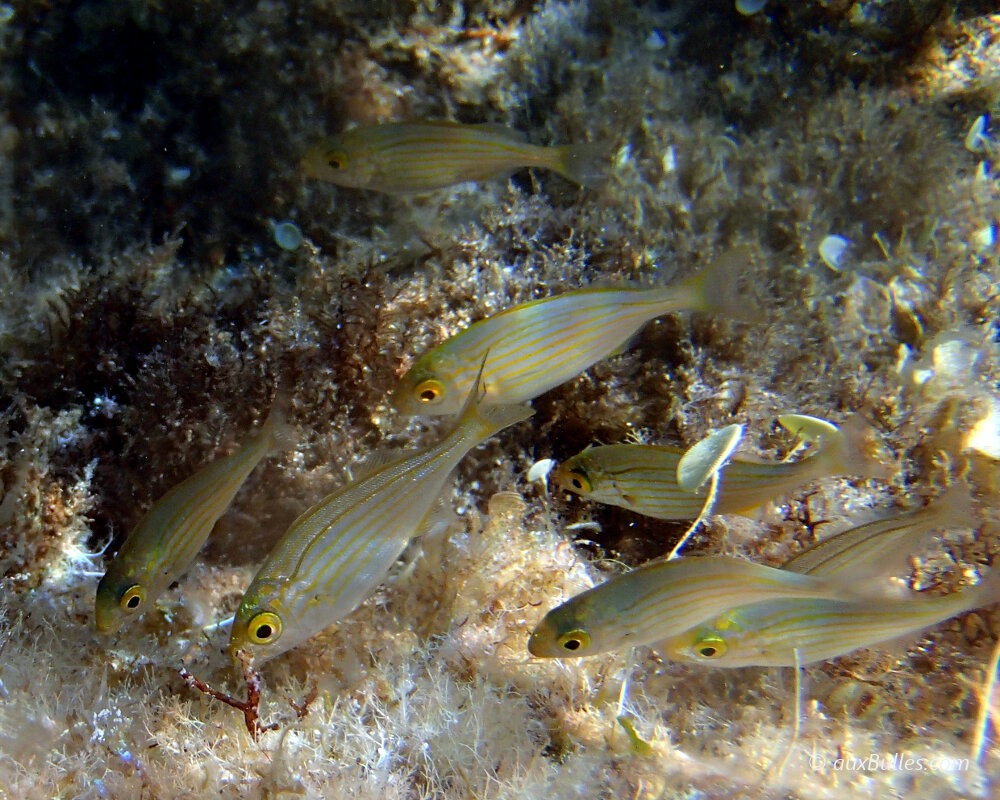
A small school of juvenile salema fish grazes on algae at the surface of the rocks
Within the same family
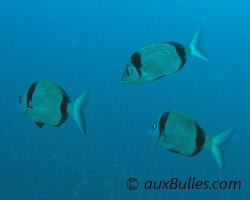
Common two-banded seabream
(Diplodus vulgaris)
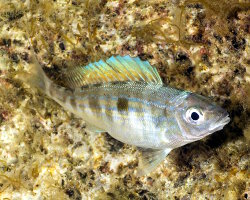
Picarel
(Spicara smaris)

Roman seabream
(Chrysoblephus laticeps)
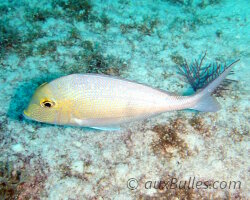
Saucereye porgy
(Calamus calamus)
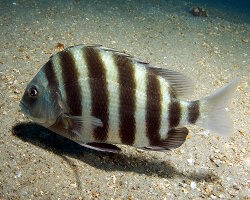
Sheepshead
(Archosargus probatocephalus)
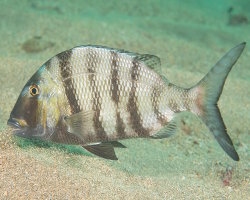
Sheepshead porgy
(Calamus penna)
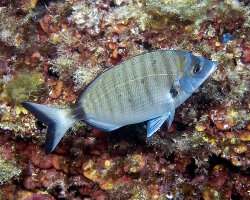
White seabream
(Diplodus sargus)
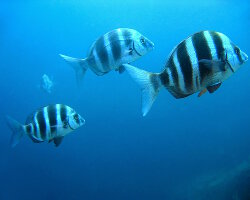
Zebra seabream
(Diplodus cervinus)
Discover also
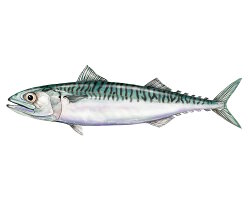
Atlantic mackerel
(Scomber scombrus)

Bandtail puffer
(Sphoeroides spengleri)
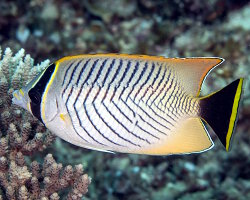
Chevroned butterflyfish
(Chaetodon trifascialis)
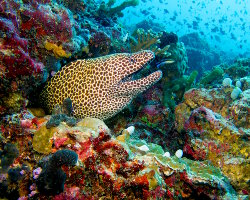
Laced moray eel
(Gymnothorax favagineus)
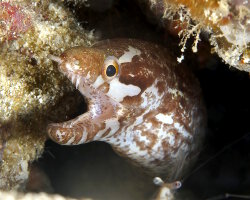
Lipspot moray
(Gymnothorax chilospilus)

Pinktail triggerfish
(Melichthys vidua)
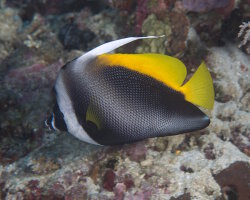
Singular bannerfish
(Heniochus singularius)
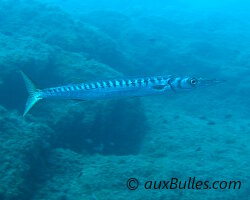
Yellowmouth barracuda
(Sphyraena viridensis)
The marine species from Mediterranean sea
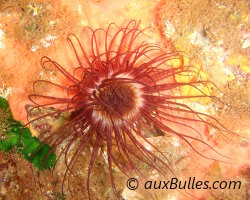
Cylinder anemone
(Cerianthus membranaceus)
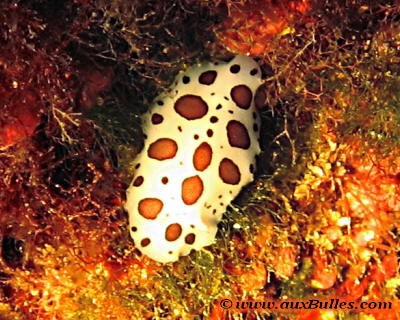
Dotted sea slug
(Peltodoris atromaculata)

Hatpin sea urchin
(Centrostephanus longispinus)
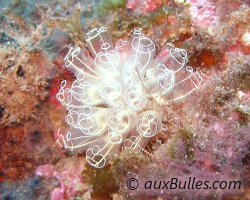
Light bulb sea squirt
(Clavelina lepadiformis)
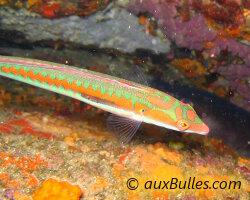
Mediterranean rainbow wrasse
(Coris julis)
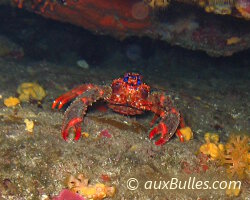
Spinous squat lobster
(Galathea strigosa)
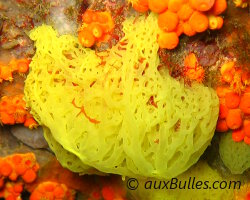
Yellow sponge Clathrina
(Clathrina clathrus)

Yellowmouth barracuda
(Sphyraena viridensis)









